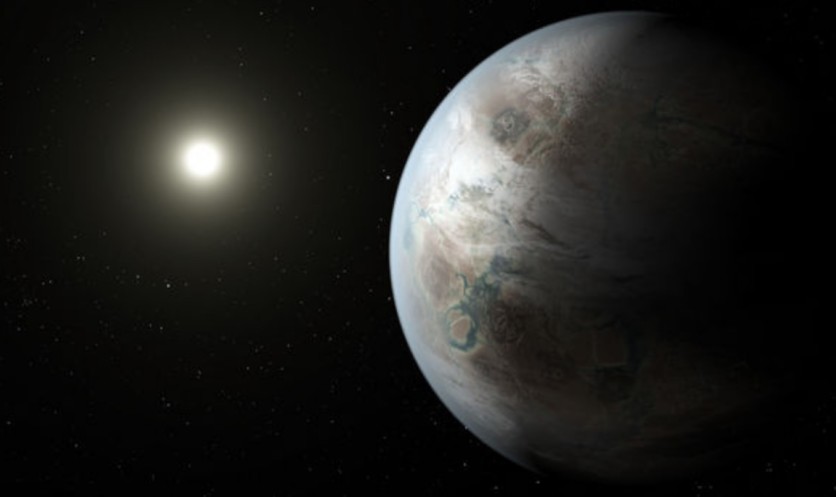Tech giants are racing to build a habitable community in Mars, but Earth remains the only planet that carries life. However, Washington State University scientists identified 24 out of more than 4,500 exoplanets known that could be habitable and could create better environment for life.
These planets are too far away to visit as they are all more than 100 light years away. Instead, lead author Dirk Schulze-Makuch suggests to focus space telescope time on these candidates, which have the highly promising environment for life. Researchers believe this discovery can aid in human's search for life across the universe.

A geobiologist and planetary habitability expert Schulze-Makuch worked with astronomers to identify potential superhabitability criteria as written in their study published in the journal Astrobiology.
The exoplanets are a little larger, older, slightly warmer, but wetter than the Earth. According to the study, when these factors are combined, they create better conditions with a slightly cooler surrounding where complex life could develop.
The team also includes Max Planck Institute's Rene Heller and Villanova University's Edward Guinan and they analyzed all 4,500 known exoplanets. Although none of these planets have met all superhabitability criteria, 24 planets got higher overall scores than the Earth.
While these planets meet most criteria for "superhabitability," the team clarified that it does not mean they have already found life in these worlds or that they are actually habitable. This is because the current telescopes the scientists use cannot see the atmospheres in these planets yet, but future advancements may allow it in the future.

"With the next space telescopes coming up, we will get more information, so it is important to select some targets," Schulze-Makuch said adding that a raft of space-based telescopes will be accessible online in the next few years. These include ESA's PLATO, NASA's James Webb telescope as well as the LUVIOR space observatory.
"We have to focus on certain planets that have the most promising conditions for complex life," said Schulze-Makuch, noting that we should not get stuck searching for a second Earth as other planets might be even more suitable for life.
Read also: 5 Most Realistic Space Movies as Listed by Real-Life Astronauts
What makes a planet habitable?
Habitability means having the suitable conditions that are conducive to bear life, although they may not really have life. For this study, researchers picked systems with planets orbiting within the host star's Goldilocks zone or the liquid water habitable zone.
While current technologies does not have the ability to confirm whether a planet is "wetter than Earth" as included in their criteria, scientists assume planets that meet other criteria like the distance from star, surface temperature, and size will have the required water.
The host star's age also plays a huge factor. Scientists searche for systems with G stars, which are like the Sun, as well as systems with K dwarf star, which are less luminous, less massive, and cooler than the Sun. These K stars also have longer lifespans between 20 and 70 billion years, compared to Sun's remaining 10 billion years.
Also, planets should not be so old to be habitable, so they should lie between 5 to 8 billion years old. Moreover, a planet that is 10% larger than the Earth should have more habitable land. It should also be about 1.5 times the Earth's mass to retain its interior heating while having a stronger gravity to keep its atmosphere for a longer time.
More importantly, scientists argue that a little more water in the form of moisture, clouds, and humidity could help while a slightly overall warmer temperature with about eight degrees Fahrenheit mean surface temperature is also better.
While none among the 24 top planet candidates have met all the superhabitable criteria, but one bears four of the critical characteristics. This may provide a much more comfortable environment for life than the Earth.
'It's sometimes difficult to convey this principle of superhabitable planets because we think we have the best planet,' Schulze-Makuch noted.
Read also: NASA's Hubble Telescope Captures Breathtaking Explosion of NGC-2525 in Time-Lapse for a Year Before Fading into Oblivion!
This is owned by Tech Times
Written by CJ Robles




